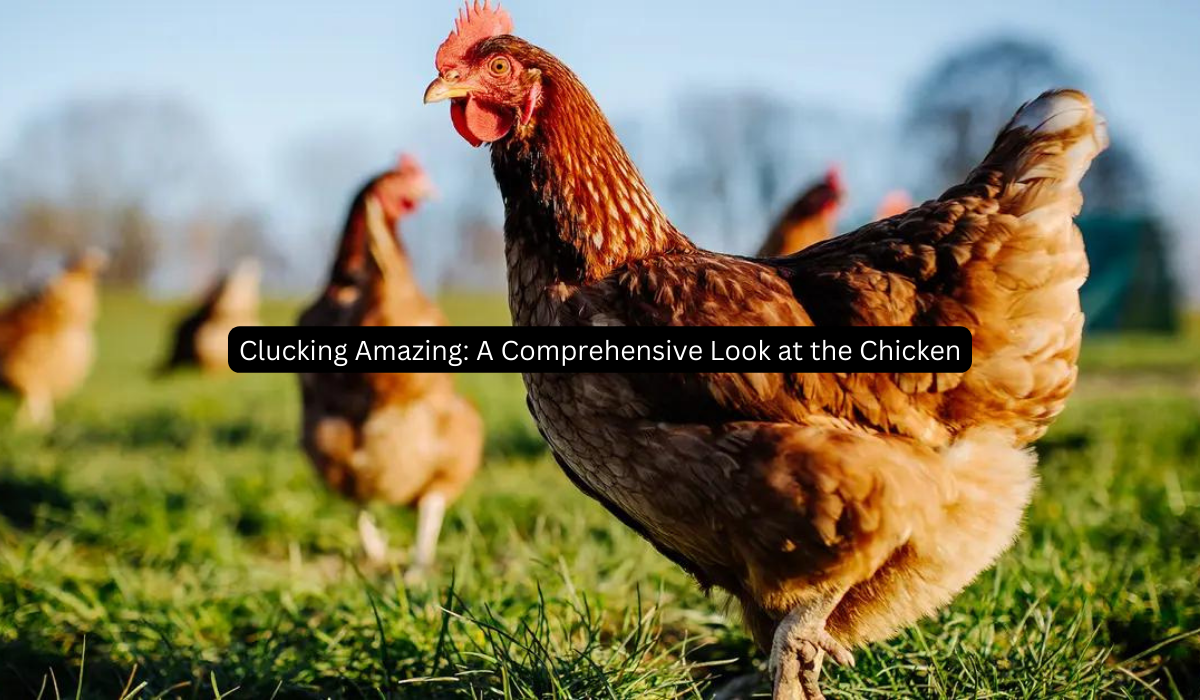Chickens – those feathery friends pecking around in our backyards or gracing our dinner plates – have a long and fascinating history intertwined with humans. But beyond their delicious eggs and occasional backyard antics, there’s a whole lot more to these clucking companions. Let’s delve into the world of chickens, exploring their origins, amazing abilities, and the diverse roles they play in our lives.
From Jungle Fowl to Farmyard Favorite: A Chicken’s Evolutionary Journey
Imagine a time before supermarkets, when breakfast meant venturing outside and collecting fresh eggs from your own coop. That’s the kind of relationship humans have shared with chickens for millennia. Believe it or not, these modern-day chickens strutted their stuff in Southeast Asia as wild junglefowl around 10,000 years ago. Think of them as the “T-Rex” of the chicken world – smaller, of course, but with a wilder spirit. Over time, humans started keeping them around, not just for their meat, but also for their eggs and pest control skills (because who doesn’t love a natural bug zapper?). Through selective breeding, these junglefowl transformed into the domesticated chickens we know and love today.
An Arsenal of Feathered Abilities: What Makes Chickens So Special?
Chickens might not be winning Nobel Prizes, but they possess some pretty remarkable skills. Their eyesight is phenomenal, allowing them to see a wider range of colors than we can. Imagine a world where you could see ultraviolet light – that’s what a chicken’s view might be like! They’re also master navigators, using the Earth’s magnetic field like an internal GPS to find their way home, no matter how far they roam. And let’s not forget their dust baths! Think of it as a luxurious spa treatment for chickens – the dust helps to control parasites and keep their feathers in tip-top shape.
Beyond Eggs and Meat: The Diverse Roles of Chickens in Our World
Chickens are more than just a farmyard source of food. They play a vital role in various industries:
- Egg Production: This is the most obvious one. Chickens lay an impressive number of eggs, providing a nutritious and affordable source of protein for millions worldwide.
- Meat Production: Chicken meat is a popular choice for its versatility and affordability. From juicy roasts to crispy wings, chickens are a staple in many cultures.
- Scientific Research: Chickens are used extensively in scientific research due to their relatively short lifespans and rapid reproduction rates. This research helps us understand everything from genetics to disease development.
- Companionship: Believe it or not, chickens can be fantastic pets! They’re social creatures, forming bonds with their human companions and even learning simple tricks.
Breeds Galore: A Feathered Fashion Show
The chicken world is bursting with diversity! There are over 200 recognized breeds of chickens, each with unique characteristics. Some, like the majestic Rhode Island Red, are known for their impressive egg-laying abilities. Others, like the Silkie with its fluffy feathers, are bred for their show-stopping appearance. Imagine a chicken fashion show, with each breed strutting their stuff in their own feathery finery!
Keeping Chickens: A Crash Course in Coop Care
So, you’re thinking about welcoming some feathered friends into your life? Here’s a quick guide:
- Housing: Chickens need a safe and secure coop to sleep in at night and lay their eggs. Think of it as their own private apartment complex!
- Food and Water: Provide a balanced diet of chicken feed, fresh fruits and vegetables, and plenty of clean water.
- Space to Roam: Chickens love to scratch and peck, so ensure they have a decent-sized outdoor run to explore.
- Health Care: Regular checkups and vaccinations are essential to keep your flock healthy and happy.
Conclusion: Clucking Marvels: More Than Just Eggs and Meat
Chickens are more than just a source of food; they’re intelligent, adaptable creatures with a rich history alongside humans. From their impressive abilities to their diverse roles in our world, there’s a lot to appreciate about these clucking companions. So, the next time you encounter a chicken, take a moment to admire these feathered marvels. You might just be surprised by what you learn!
Frequently Asked Questions
1. Do chickens dream?
Scientists believe there’s a good chance chickens dream! Their brains show similar activity patterns to other animals known to dream, and they often twitch and chirp during sleep.
2. Can chickens recognize their own faces?
Studies suggest chickens might possess some level of self-recognition. They’ve been shown to be able to distinguish between a mirror image of themselves and another chicken.
3. What sounds do baby chicks make?
Baby chicks, called chicks or peeps, have a distinctive high-pitched cheeping sound. This sound helps them communicate with their mother hen and other chicks.
4. How many eggs can a chicken lay in a day?
The number of eggs a chicken lays depends on the breed and age. However, on average, a healthy laying hen can lay one egg per day.
5. Are chickens considered social animals?
Absolutely! Chickens are highly social creatures who thrive in flocks. They form pecking orders, communicate through vocalizations, and even dust bathe together.

